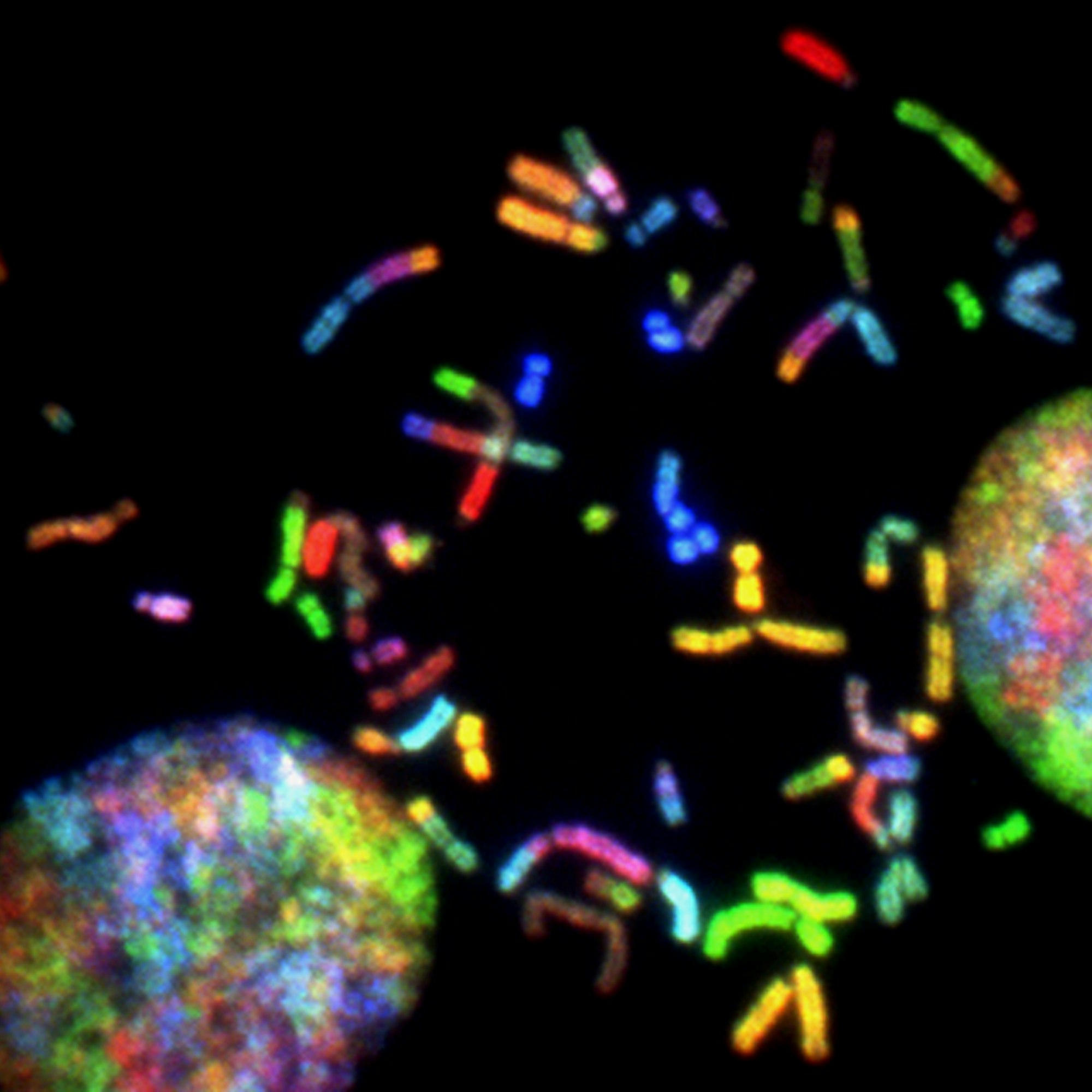If you like our work, please consider supporting us so we can keep doing what we do. And as a current subscriber, enjoy this nice discount!
Also: if you haven’t yet, follow us on Twitter, TikTok, or YouTube!
A genetic algorithm is a search heuristic that is inspired by Charles Darwin’s theory of natural selection. This algorithm reflects the process of natural selection where the fittest individuals are selected for reproduction in order to produce offspring of the next generation.
The main idea behind a genetic algorithm is that a population of solutions (called chromosomes or the genotype) is evolved towards the optimum solution (called the phenotype) through the application of a fitness function. The fittest solutions are selected to survive and reproduce, while the weakest solutions are eliminated. This process is repeated for a number of generations, until the optimum solution is found.The main advantage of a genetic algorithm is that it can be applied to a wide range of problems, including problems that are difficult to solve using traditional methods. Furthermore, a genetic algorithm can find multiple solutions to a problem, which is often useful in real-world applications.
There are four main steps in a genetic algorithm:
1. Selection: The best solutions (chromosomes) are selected from the current population as parents for the next generation.
2. Crossover: A new generation of solutions (chromosomes) is created by combining the selected parents.
3. Mutation: Some new solutions (chromosomes) are mutated to create even more diversity.
4. Replacement: The new generation of solutions replaces the old generation.The above steps are repeated for a number of generations until the optimum solution is found.
A genetic algorithm can solve a wide variety of problems, including optimization, satisfiability, and machine learning problems. In fact, genetic algorithms have been used to solve problems in a wide range of fields, including engineering, economics, and medicine.
There are a number of different ways to represent a solution (chromosome) in a genetic algorithm. The most common representation is a binary string, where each bit represents a specific decision. For example, in a problem where the goal is to find the shortest route between two points, each bit could represent a specific city.Another common representation is a real-valued string, where each value represents a specific decision. For example, in a problem where the goal is to find the coefficients of a polynomial, each value could represent a specific coefficient.
Once a solution (chromosome) is represented, a fitness function can be applied in order to evaluate how close the solution is to the optimum. The fitness function is often specific to the problem being solved. For example, in a problem where the goal is to find the shortest route between two points, the fitness function could simply be the length of the route.
The selection step is used to select the best solutions (chromosomes) from the current population to be parents for the next generation. There are a number of different selection methods, but the most common method is tournament selection.In tournament selection, a number of solutions (chromosomes) are selected at random and then compete against each other. The solution (chromosome) with the best fitness is selected to be a parent for the next generation. This process is repeated until all parents for the next generation have been selected.
The crossover step is used to create a new generation of solutions (chromosomes) by combining the selected parents. There are a number of different crossover methods, but the most common method is single-point crossover.
In the single-point crossover, a random point is selected in the parent solutions (chromosomes). The solutions (chromosomes) are then swapped at that point to create offspring.
For example, consider the following two parent solutions (chromosomes):
Parent 1: 01001010
Parent 2: 11010010
If the crossover point is selected as the fourth bit, the offspring will be:
Offspring 1: 01010010
Offspring 2: 11001010
The mutation step is used to create even more diversity in the new generation of solutions (chromosomes). The mutation is often applied to only a small subset of the new solutions (chromosomes).
There are a number of different mutation methods, but the most common method is bit-flip mutation. In bit-flip mutation, each bit in the solution (chromosome) is flipped with a small probability (typically 0.001).
For example, consider the following solution (chromosome):
01001010
If the mutation rate is 0.001, the mutated solution (chromosome) would be:
01001001
The replacement step is used to replace the old generation of solutions (chromosomes) with the new generation. There are a number of different replacement methods, but the most common method is generational replacement.
In generational replacement, the new generation of solutions (chromosomes) replaces the old generation. This means that the solutions (chromosomes) from the old generation are not used in the new generation.
The above steps are repeated for a number of generations until the optimum solution is found.
A genetic algorithm is a powerful tool for solving a wide variety of problems. However, there are a few disadvantages to using a genetic algorithm.
First, a genetic algorithm can be time-consuming to run. This is due to the fact that a large number of solutions (chromosomes) need to be evaluated in order to find the optimum.
Second, a genetic algorithm can be difficult to implement. This is because the solution space can be very large and complex.
Third, a genetic algorithm can be sensitive to the parameters that are used. This means that it is important to carefully select the parameters (e.g. mutation rate, crossover rate, etc.) in order to get the best results.
Fourth, a genetic algorithm can be stochastic. This means that the same problem can give different results each time it is run, even if the same parameters are used.
Despite these disadvantages, a genetic algorithm is a powerful tool that can be used to solve a wide variety of problems.
Do you like our work?
Consider becoming a paying subscriber to support us!









